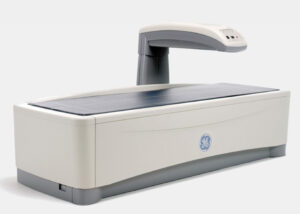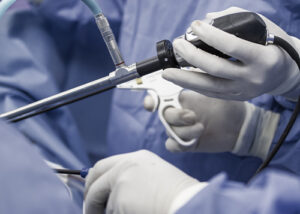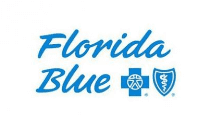What are the choices?
If non-surgical treatment is not effective, surgery may be recommended. The role of surgery is to relieve the pressure on the nerve at the wrist. This may be done with an incision down the middle of the palm, known as an open carpal tunnel release, or with the endoscopic or arthroscopic carpal tunnel release that uses 2 small incisions in the palm.
What are the differences between the techniques?
Both techniques involve the use of a tourniquet to temporarily stop the circulation to the hand and are outpatient procedures. The ligament is cut from the topside with the open carpal tunnel release and from the underneath side with the endoscopic carpal tunnel release. The open carpal tunnel release is more common, but the recovery may be longer. Dr. Gardner prefers the endoscopic carpal tunnel release, as it may allow you to return to work and recover more quickly, with less pain and no splinting. If there is any difficulty with the endoscopic technique, it will be converted to an open technique.
What can I expect?
The results of both techniques are excellent with >90% satisfaction. Both procedures have been done on thousands of patients. The complications with carpal tunnel release are rare with either technique but may include: Nerve damage leading to numbness, weakness or pain, damage to the circulation or tendons, and failure to relieve all of your preoperative symptoms. The pain in the fingers, especially the symptoms you have at night are usually the first symptoms to improve after surgery. The numbness and weakness will take longer to improve, often as long as six months. While unusual, you may require hand therapy to regain full use of your hand.
How is it treated?
Your hand will be placed in a splint following surgery only if an open carpal tunnel release is performed. You are encouraged to move your fingers after surgery and keep your hand elevated; this will reduce the pain and swelling in your hand. You should not lift objects weighing more than 2 or 3 pounds, or do any forceful gripping until allowed by Dr. Gardner, who will discuss with you timing for going back to work, and any restrictions you may have.





































